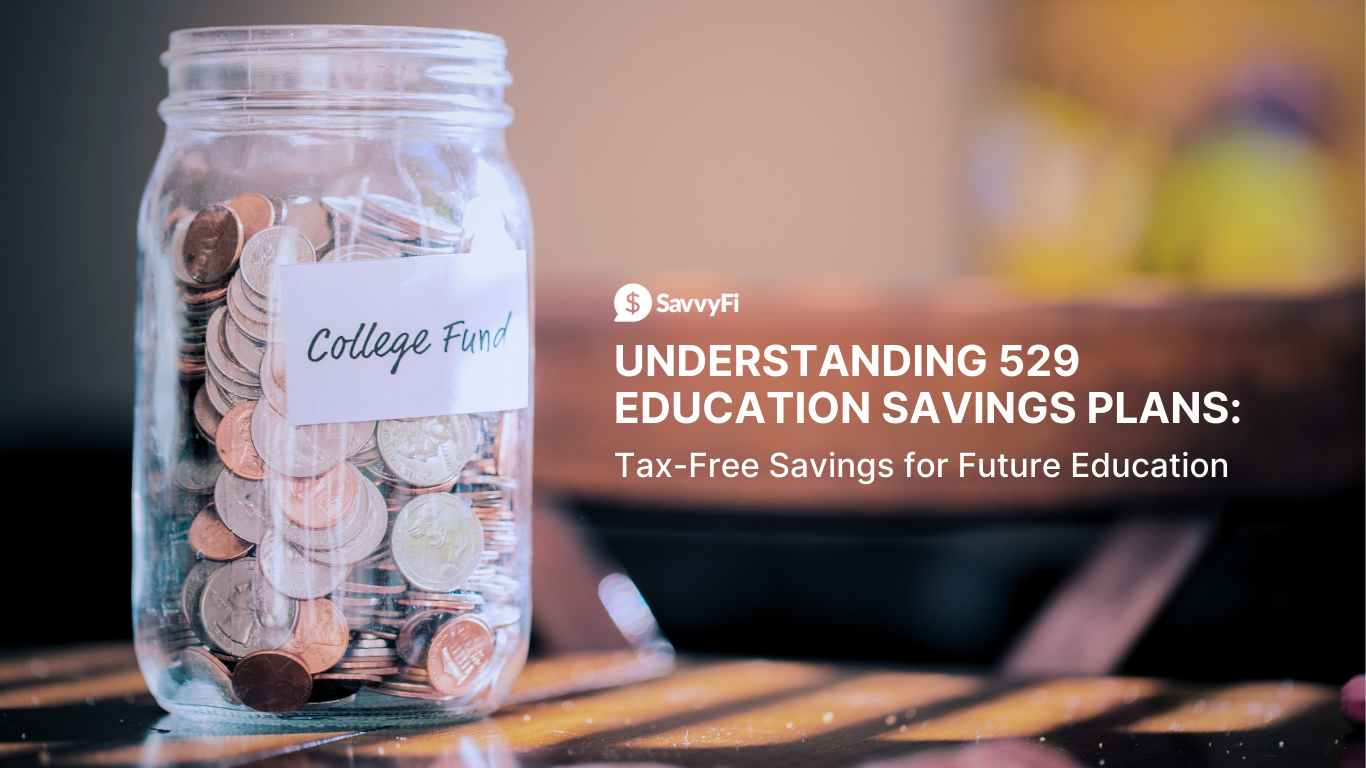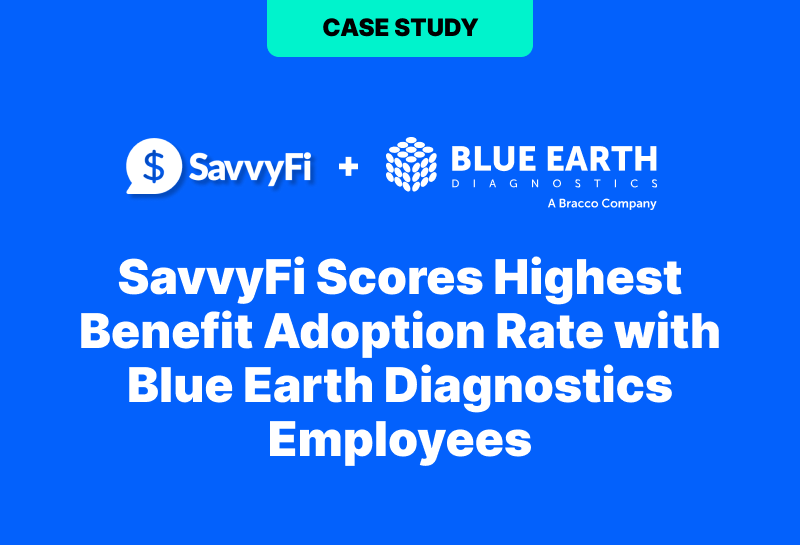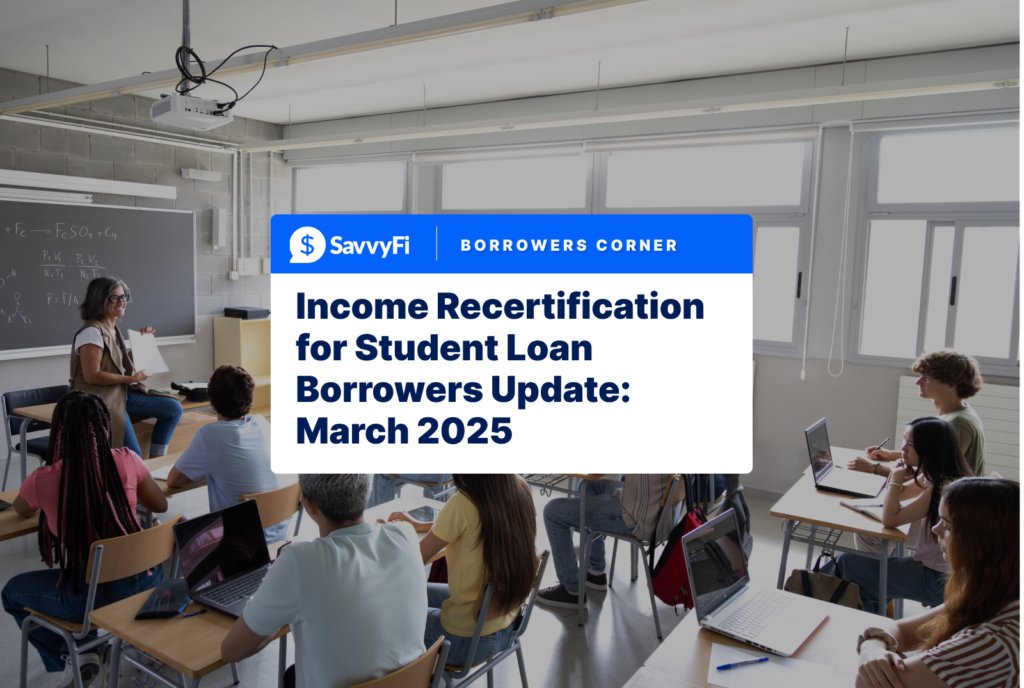The Rising Cost of College: Are You Prepared?
Did you know that the average cost of a four-year public college has more than doubled in the past 20 years? With tuition prices skyrocketing and student loan debt reaching an all-time high, many families find themselves unprepared for the financial burden of higher education. However, there’s a powerful tool that can help you save for future education expenses—meet the 529 plan.
What is a 529 Plan?
A 529 plan is a specialized savings account designed to help families save for education-related expenses. The key advantage? Your savings grow tax-free, meaning you won’t pay federal taxes on the earnings as long as they are used for qualified educational expenses.
Who Can Open a 529 Plan?
One of the best things about a 529 plan is its accessibility. Parents, grandparents, aunts, uncles, and even family friends can open a 529 plan for a child. You can even open a 529 plan for a future child that hasn’t been born yet, allowing you to get a head start on your savings.
What many people don’t realize is you can open a 529 plan for yourself or your spouse if either of you are planning to go back to school or continue your education. It’s not just for kids—529 plans can be a smart way to save for your own future learning, whether it’s pursuing a new degree, earning a professional certification, or even taking vocational classes. This flexibility makes it an excellent tool for family members who want to contribute to a child’s future education.
Why Should You Consider a 529 Plan?
With the cost of college continuing to rise, saving ahead is more crucial than ever. According to recent data, the average student loan debt for a college graduate is over $30,000. A 529 plan allows you to save money over time, reducing or even eliminating the need for student loans down the road.
Tax-Free Growth: What Does It Really Mean?
One of the most significant benefits of a 529 plan is the tax-free growth of your investments. Here’s how it works: When you contribute to a 529 plan, your money is invested in a variety of options, such as mutual funds or target-date funds. As your investment grows, you won’t pay federal taxes on the earnings, provided the funds are used for qualified education expenses. This means more of your money stays in your account, working for you and your child’s future.
Flexibility in Spending
A common misconception is that 529 plans are rigid and only cover college tuition. In reality, 529 plans are incredibly versatile. The funds can be used for a wide range of educational expenses, including:
- Tuition at colleges, universities, trade schools, and vocational schools
- K-12 tuition at private schools (up to $10,000 per year)
- Books and supplies
- Room and board
- Special needs services, including equipment like wheelchairs or other special needs-related educational resources
- Some international schools
This flexibility ensures that your savings can support your child’s education in whatever form it takes. Learn about the different uses for 529 funds.
Addressing Unused Funds
Worried about what happens if your child doesn’t use all the money in their 529 plan? You’re not alone. Many parents fear that unused funds will be lost or penalized. However, 529 plans offer several options:
Transfer the Beneficiary
If your child doesn’t use all the funds, you can transfer the remaining balance to another eligible family member, such as a sibling or cousin.
Hold the Funds
You can keep the funds in the account in case your child decides to pursue further education later in life.
IRA Rollover Option
Thanks to recent changes in legislation, you now have the option to roll over unused 529 funds into a Roth IRA for the beneficiary. This new benefit allows you to repurpose the savings for your child’s retirement, avoiding penalties and keeping the funds growing tax-free. Learn more about the 529-to-IRA rollover option.
Withdraw the Funds
If you choose to withdraw the funds for non-qualified expenses, you’ll pay income tax on the earnings and a 10% penalty on the growth—but the original contributions are always yours to keep.
Common Misconceptions About 529 Plans
Let’s clear up some myths:
“529 Plans Are Only for the Wealthy.”
False. 529 plans are designed to be accessible to families at all income levels. Even small, regular contributions can add up significantly over time.
“They’re Too Complicated to Manage.”
Not true. Most 529 plans offer easy-to-use online platforms that make managing your account a breeze. Plus, you can automate contributions to make saving even easier.
“You Can Only Open a 529 Plan for an Existing Child.”
Incorrect. You can open a 529 plan even if you don’t have children yet. This allows you to start saving early and change the beneficiary to your child once they are born. Discover how you can start a 529 plan early.
Conclusion: Start Saving for Your Child’s Future Today
A 529 plan is one of the best ways to prepare for the rising cost of education. With the benefits of tax-free growth, flexible spending options, and accessibility to all, there’s no reason to wait. Open a 529 plan today and start the path towards debt-free education.
About SavvyFi: SavvyFi is a user-friendly fintech platform that makes it easy for employers to provide college savings and student loan benefits to their employees. Because the company’s platform is “zero-touch” to HR — without any complicated systems, integrations, or paperwork — SavvyFi unlocks education financing capabilities to even the smallest employers that would not otherwise be able to offer these benefits.
Disclosure: Third-party quotes shown may not be representative of the experience of all SavvyFi customers and do not represent a guarantee of future performance or success.





